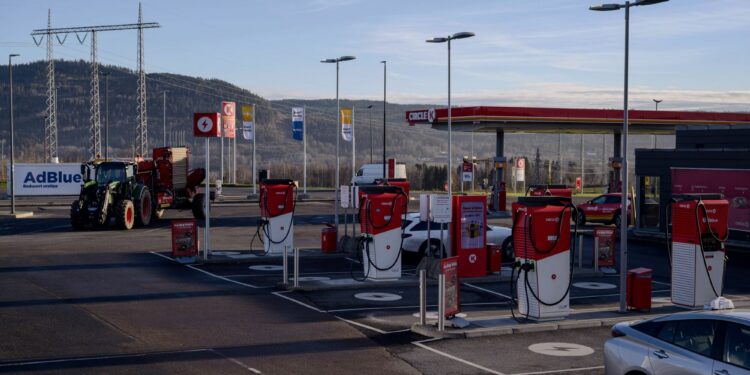Norway’s progress contradicts trends in other countries: in Europe this year, sales of electric vehicles have fallen, while in the USA, manufacturers are concerned about the re-election of Donald Trump, which could stall the country’s progress towards zero-emission vehicles.
At the same time, Norway still faces certain issues: in rural areas, residents are hesitant to use electric cars due to uneven roads and the large distance to charging stations (overall, the country has installed over 29,000 public charging devices). Similarly, some car owners simply are not eager to part with their old cars.
According to OFV, the national road federation, the average age of gasoline-powered cars has increased to 19 years (compared to 16 in 2020), and the situation is the same with diesels. Despite all this, there are currently 1 million fewer gasoline cars on the roads in Norway than 20 years ago.
One of the key aspects of Norway’s successful transition to electric vehicles is that it is not mandatory. Gasoline and diesel cars will still be available for sale in 2025 and later—unlike the European Union’s plan to ban them by 2035.
Source link : http://www.bing.com/news/apiclick.aspx?ref=FexRss&aid=&tid=6749bc0fcb494a4380f82cea2cd5ece8&url=https%3A%2F%2Fitc.ua%2Fen%2Fnews%2Fnorway-says-goodbye-to-ice-in-october-electric-cars-captured-94-of-the-new-car-market%2F&c=18118704331728152945&mkt=en-us
Author :
Publish date : 2024-11-29 04:01:00
Copyright for syndicated content belongs to the linked Source.


